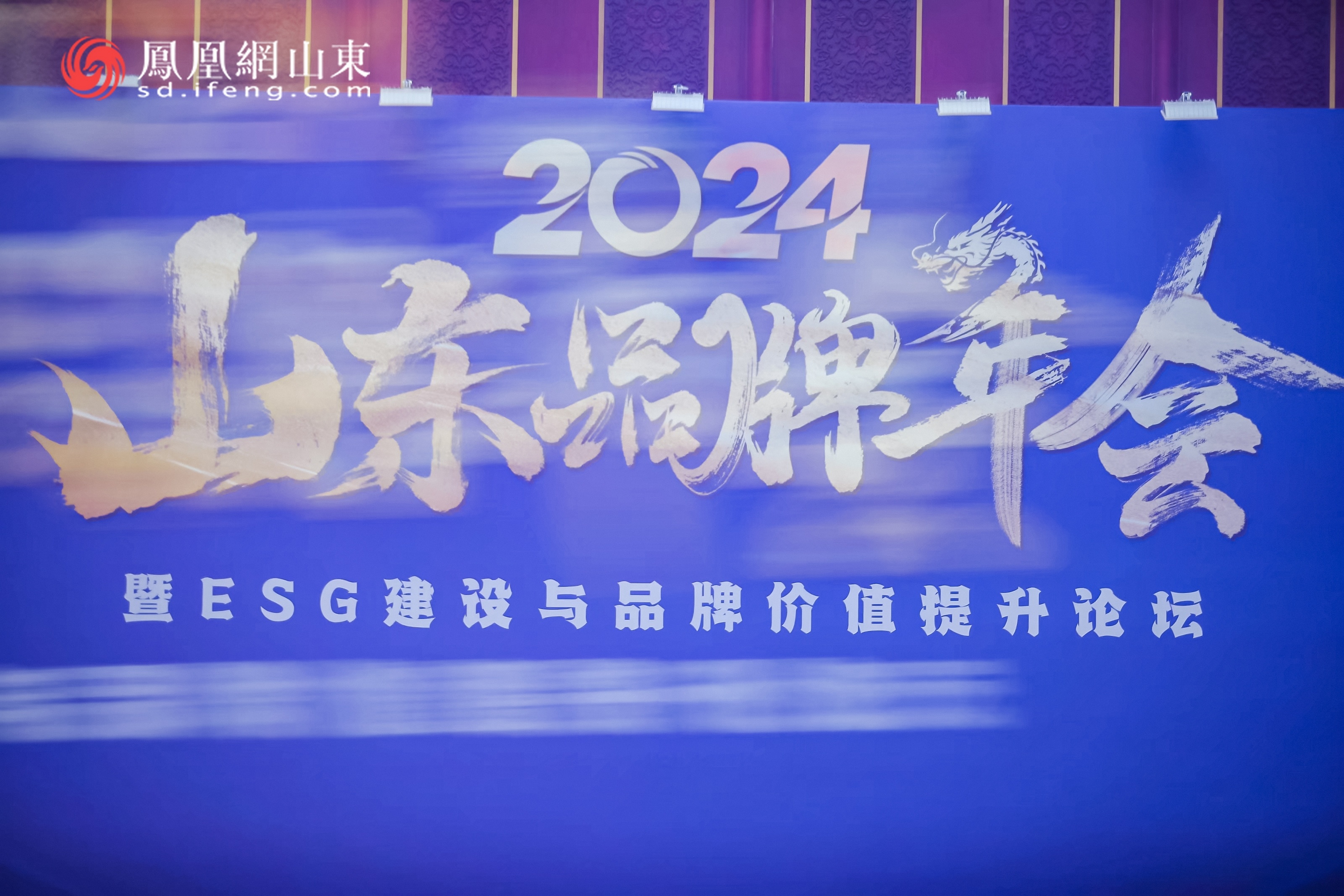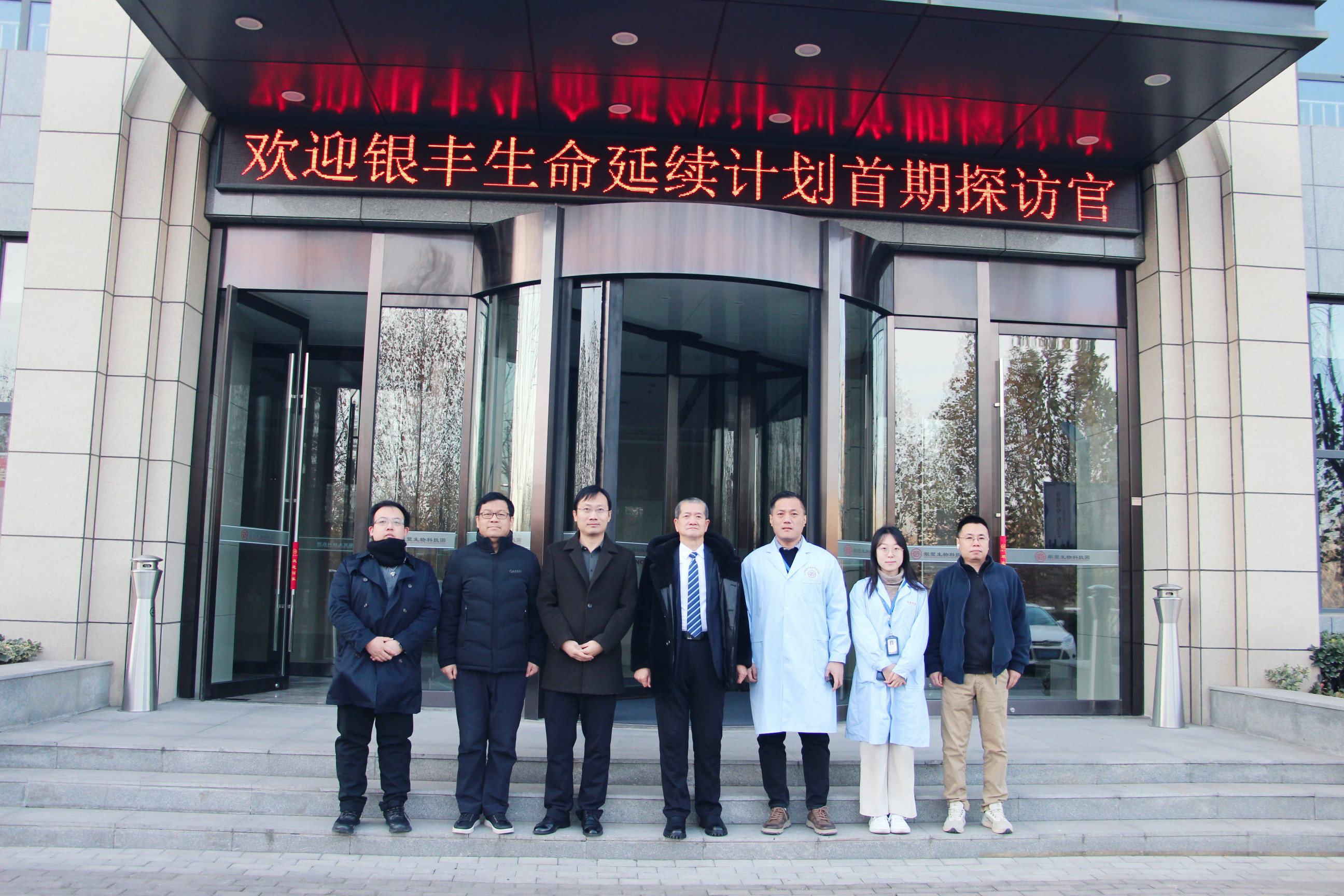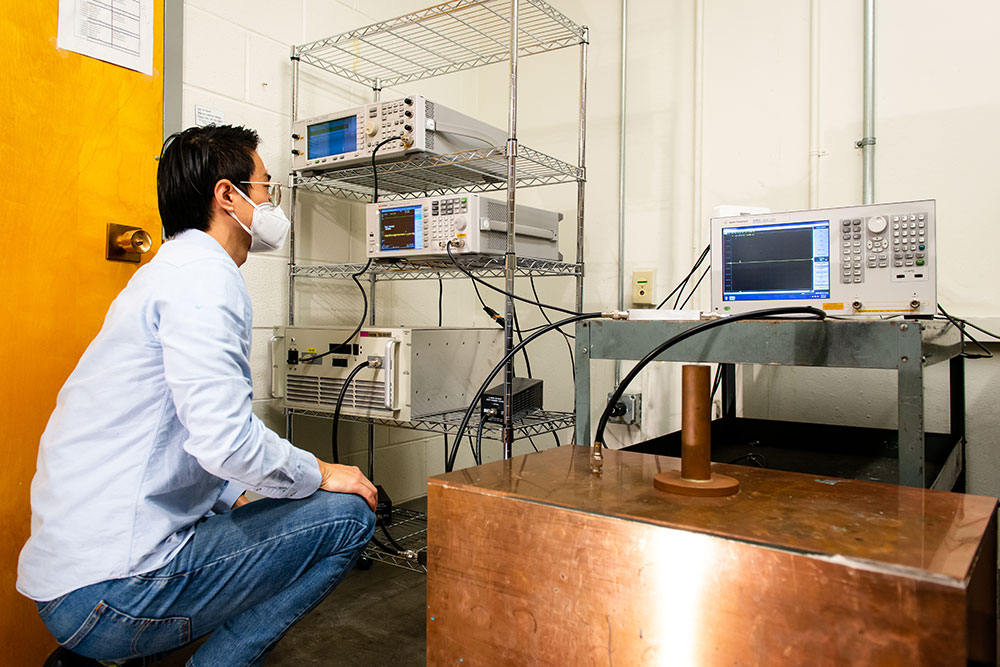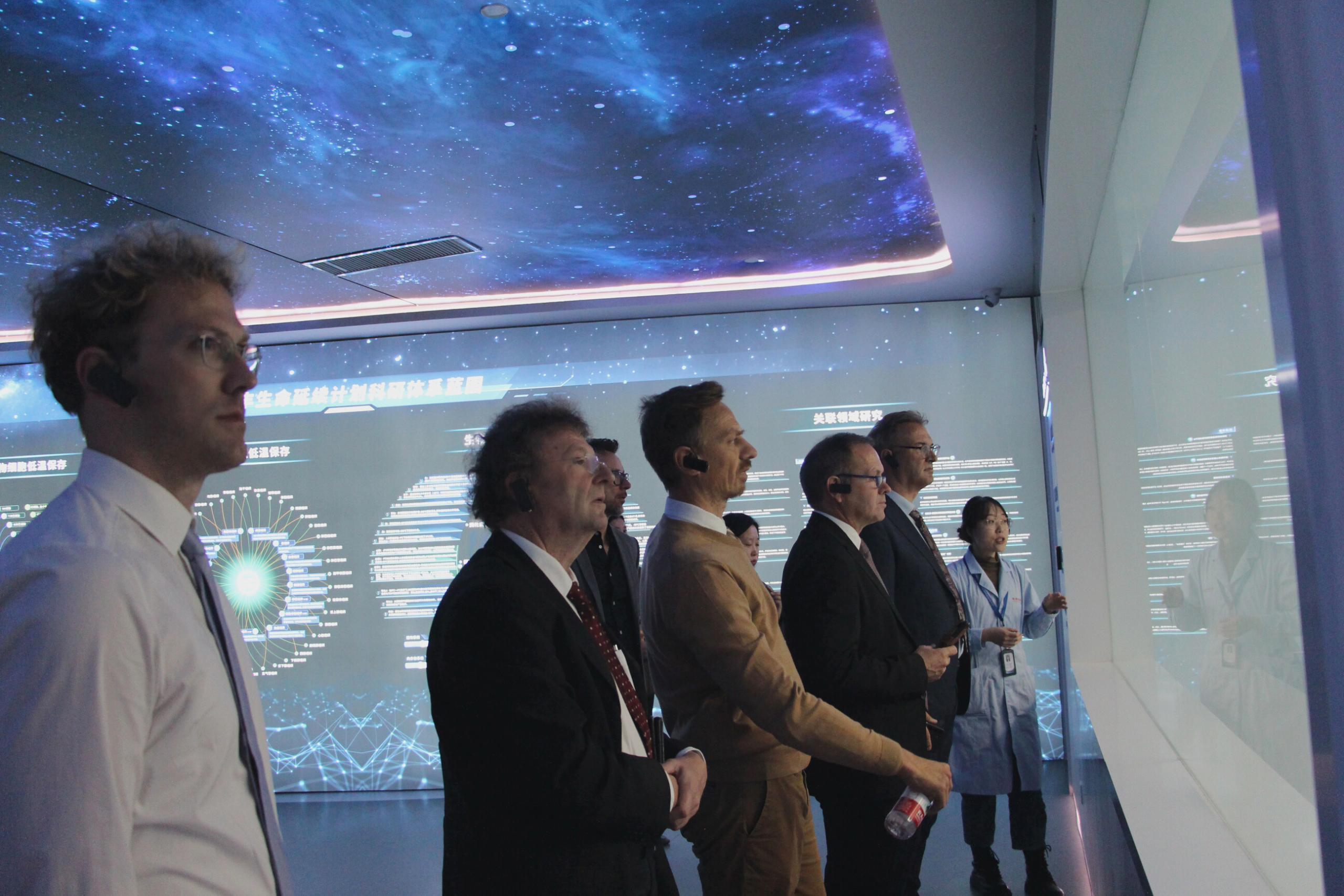Breaking News! Domestic Brain-Computer Interface Product Successfully Implanted, Paralyzed Patient Able to Stand Post-Surgery
Release time:
2024-11-15
China's brain-computer interface research has welcomed a significant breakthrough! China's first brain-computer interface product, NEO, completed a successful implantation surgery at Fudan University-affiliated Huashan Hospital. This marks the first clinical application of this technology in Shanghai, bringing unprecedented hope to paralyzed patients.
A week ago, Xiao Dong, who had been paralyzed for four years, anticipated a new beginning at the neurosurgery operating table of Fudan University-affiliated Huashan Hospital. The surgical procedure involved thinning the skull and implanting the coin-sized brain-computer interface, NEO (Neural Electronic Opportunity). A cranial window was created, two electrodes were placed outside the dura mater, and then the cranial window was closed. The minimally invasive surgery was completed in less than half a day. Within three days, Xiao Dong was able to get out of bed and sit in a wheelchair. This Friday, Xiao Dong was discharged from the hospital.
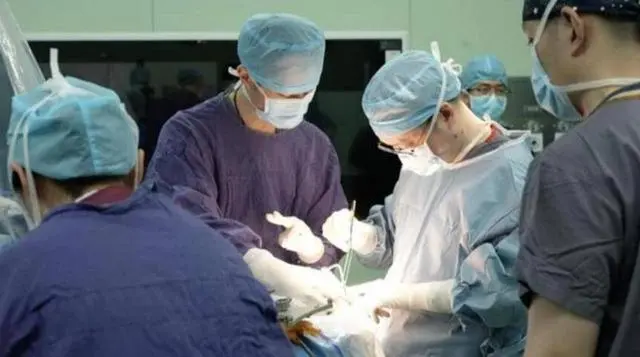
This marks the third brain-computer interface clinical trial implant surgery in the country and the first in Shanghai. The NEO brain-computer interface product used in the surgery was collaboratively developed by Burui Kang Medical Technology (Shanghai) Co., Ltd. and Professor Hong Bo's team from the Department of Biomedical Engineering at Tsinghua University. It became the first brain-computer interface product to enter China's special review procedure for innovative medical devices in August. This surgery was the first human implantation since the product entered the special review procedure.
Unlike the brain-computer interface products from Elon Musk's Neuralink, "the implanted brain-computer interface system employs a semi-invasive design, and it is very small, only the size of a coin, implanted above the skull and beneath the scalp. After the surgery, medical staff cover the patient's scalp, and once the hair grows back, the device is almost unnoticeable," stated the research team.
Currently, the team is developing higher-density, higher-throughput electrodes to cover a broader range of brainwave areas. In the future, they plan to shift R&D goals towards the lower spine to explore how to help patients stand up.
Latest developments
In January 2025, members of the Yinfeng cryomedicine team actively participated in the "Sino-French Aerial Emergency Medical Rescue Training" and obtained certification. This signifies a further enhancement of the team's professional capabilities in the field of international emergency medical rescue.
Brands are an important symbol of high-quality development. Under the drive of strategies such as Brand Strong Province and Good Products Shandong, Shandong brands have risen to prominence. Particularly in recent years, Shandong brands have focused on new quality productivity, using "new" to enhance quality, achieving remarkable results in high-quality development.
With infinite hope for future medical technology, I applied to become a member of the Yinfeng Life Extension Program and volunteered to contribute to cryobiology in a hundred years by becoming a cryonics volunteer. I also believe that preservation in China is safer.
As a distinguished emblem of technological innovation in Shandong, Yinfeng's Life Continuation Project will continue to build a bridge for domestic and international government research and academic exchange, continually strengthen scientific collaborations and result transformations with global research institutions, consistently contribute to the development of cryobiomedicine, and inject continuous hope into the shared ideal of extending human life.




